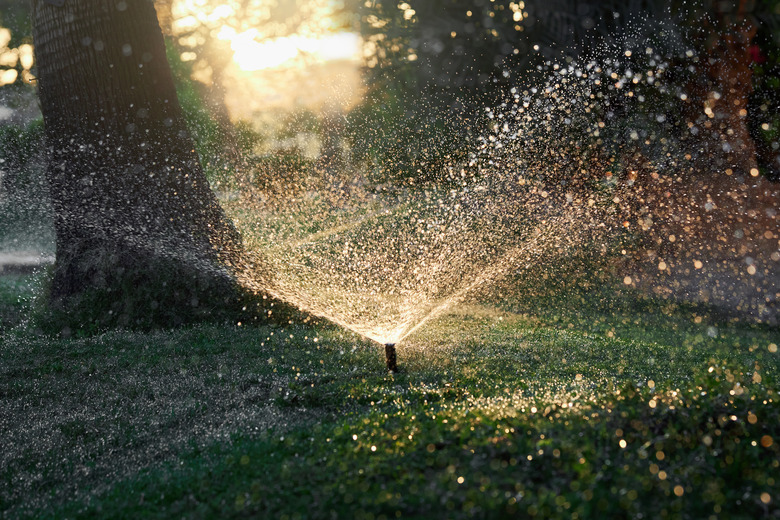The Most Common Signs Of Overwatering In Trees
We may receive a commission on purchases made from links.
Are your trees looking sickly despite watering them regularly? You could be giving your landscape trees too much of a good thing. Overwatering your trees can have just as devastating an effect as not giving them enough water. Looking for the signs of overwatering a tree and correcting the issue quickly can help improve the health of your trees.
How Much Water Trees Need
How Much Water Trees Need
The reason it's so easy to overwater trees is the many variables that go into watering them. Trees have different watering needs to start, but environmental factors also play a role. If it's been rainy for an extended period, you won't likely need to water your trees at all. During drought periods, you might need to water them more frequently or irrigate trees that don't usually need supplemental watering.
Another factor is the tree's size and age. Small, young trees generally need more supplemental watering than large, established trees. When you apply mulch around trees, it holds the moisture in longer so you don't have to water as often.
Timing also impacts watering. If you water your trees on a hot afternoon, as much as half of the water can evaporate, leaving less for your trees to absorb.
Impact of Overwatering Trees
Impact of Overwatering Trees
Too much water in the soil makes it difficult for the tree to get the oxygen it needs. It essentially drowns the roots. Overwatering trees can also cause fungus issues and root rot, which can eventually kill the tree. If you catch the issue early, you can prevent any major damage to your tree.
Signs of Overwatered Trees
Signs of Overwatered Trees
If you're giving your tree too much water, you'll notice subtle signs. The signs a tree is getting too much water include:
- Saturated or constantly wet soil at the base of the tree.
- Withering of new growth that keeps it from reaching its full size.
- Pale, yellowish new growth, especially near the base of the tree.
- Green leaves that look healthy but are very fragile and break easily.
Signs of Underwatered Trees
Signs of Underwatered Trees
Underwatering a tree also causes physical effects, but they're a little different. Knowing those signs can help you decide if your tree is getting too much or too little water. Signs of underwatering a tree include:
- Curling or wilted leaves, especially if the tips and edges are turning brown.
- Undersized or yellowing leaves.
- Discoloration in the canopy.
- Leaves that drop or change colors prematurely.
Helping an Overwatered Tree
Helping an Overwatered Tree
When you realize you have overwatered trees, hold off on supplemental watering for awhile. Wait at least a week to let the soil around the tree dry out fully. If it's severely overwatered, you might have to wait longer.
Before watering it again, check the soil to see if it's dry. Dig down about 6 inches using a hand trowel to see if the soil is dry below the surface. If the soil is still saturated at this depth, give it more time to dry out. You want cool, slightly moist soil. You can test the soil by squeezing it into a ball, and if it crumbles easily, it's probably time to water your tree again.
If there is a drainage issue with the tree, correcting that can help prevent overwatering in the future. You might need to amend the soil if it's too clayish because the clay can cause poor drainage. Adding compost to the soil can help. If a rain spout directs water toward the tree or the grading of your property causes water to pool there, you might need to address those problems to redirect the water away from the tree.
